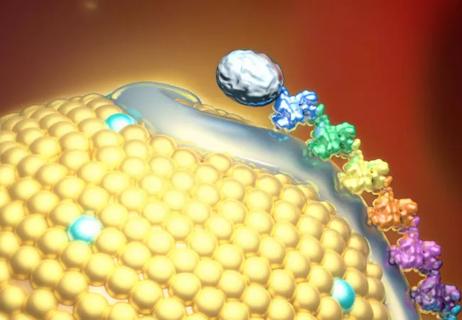
Not if they meet at least one criterion for presumptive evidence of immunity

Essential prescribing tips for patients with sulfonamide allergies

Confounding symptoms and a complex medical history prove diagnostically challenging

For patients with headache, pulsatile tinnitus or vision changes, immediately stop use and refer to ophthalmology
Advertisement
Cleveland Clinic is a non-profit academic medical center. Advertising on our site helps support our mission. We do not endorse non-Cleveland Clinic products or services. Policy

Phase 2 trial of zerlasiran yields first demonstration of longer effect with each dose of an siRNA

Cleveland Clinic’s Esports Medicine team weighs in on importance of multidisciplinary care

Cleveland Clinic Cognitive Battery identifies at-risk patients during Medicare annual visits

An updated review of risk factors, management and treatment considerations

Studies reveal increased cardiac events, enhanced platelet reactivity and thrombotic potential

Reassurance from the lipid outcomes trial with the highest percentage female enrollment to date
Advertisement
Advertisement